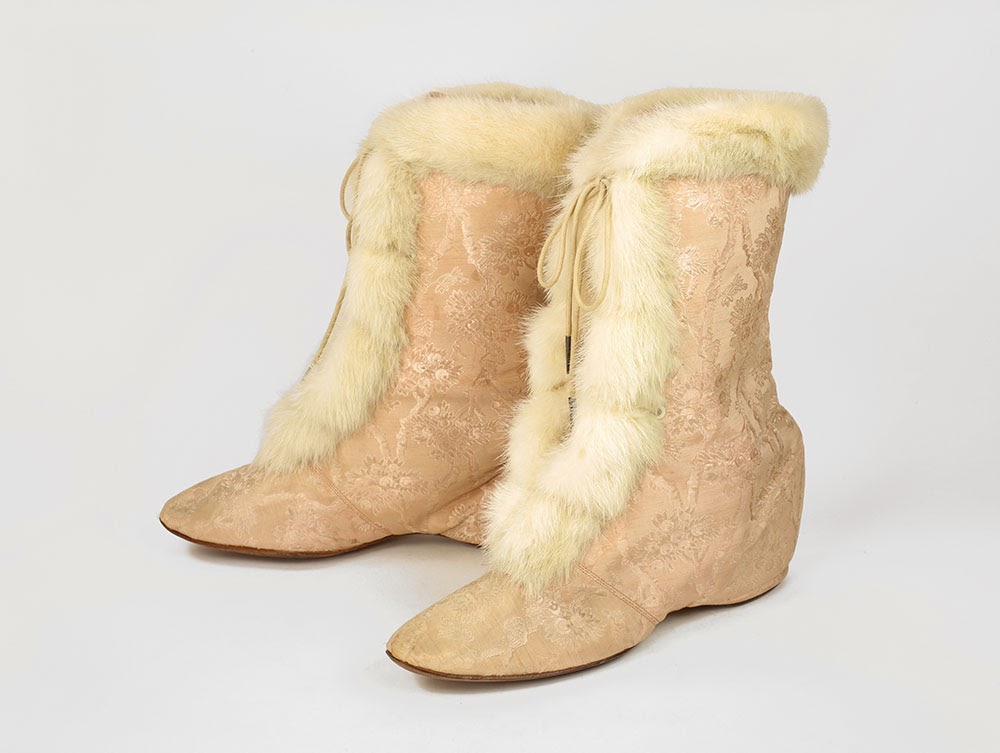By Creative Director & Senior Curator Elizabeth Semmelhack
Walking Through Winter
This winter has been one full of more than the average amount of ice and snow here in Toronto. However, difficult winters are nothing new. Indeed snow is a perennial challenge across the globe and navigating through it has been dealt with in ingenious ways by different cultures over the years, a fact illustrated by looking at circumpolar footwear.
The Museum has an exceptionally fine collection of artefacts from the circumpolar regions of the world. Most of these pieces were collected by the intrepid researchers Professors Jill Oakes and Rick Riewe from the University of Manitoba. Throughout the 1980s and 90s they travelled throughout the Canadian Arctic, Alaska, across Russia, Sweden, Finland and Norway as well as Greenland doing research into the making of footwear and collecting pieces for the Museum.
One of the most interesting things revealed by their research was that although the circumpolar climate offers similar challenges and resource availability, the range of footwear traditionally produced in these regions is strikingly different. Some of that difference can be found in the wide range of innovative ways of dealing with the realities of arctic living such as staying warm or having traction but most of the differences are related to cultural diverse expressions of gender and identity through dress, making it clear that form never simply follows function when it comes to dress.
This week’s #bsmshoeoftheday looked at some of the many forms of footwear that have been created to help different societies deal with ice and snow.






